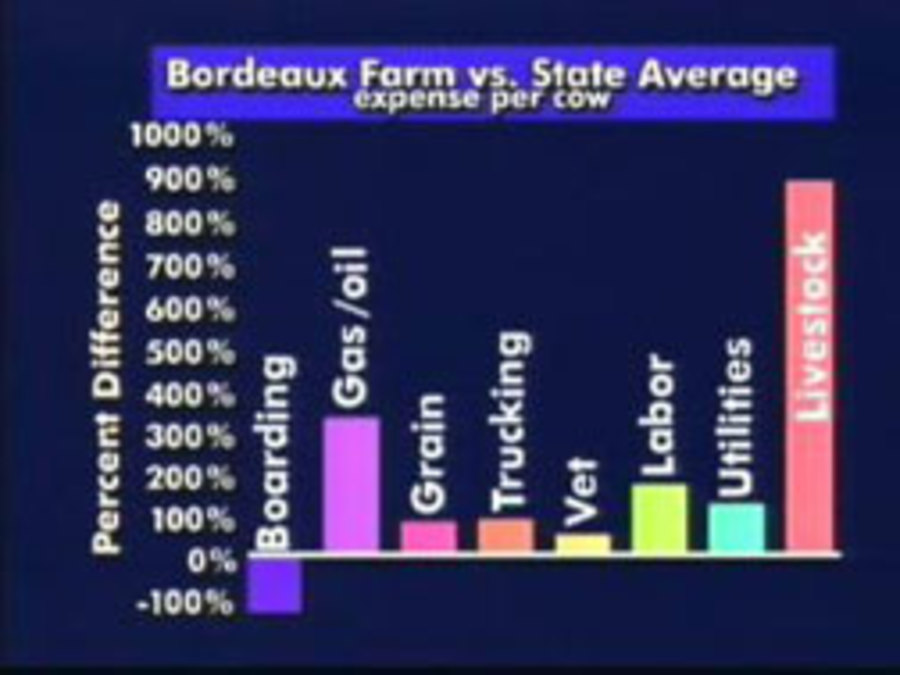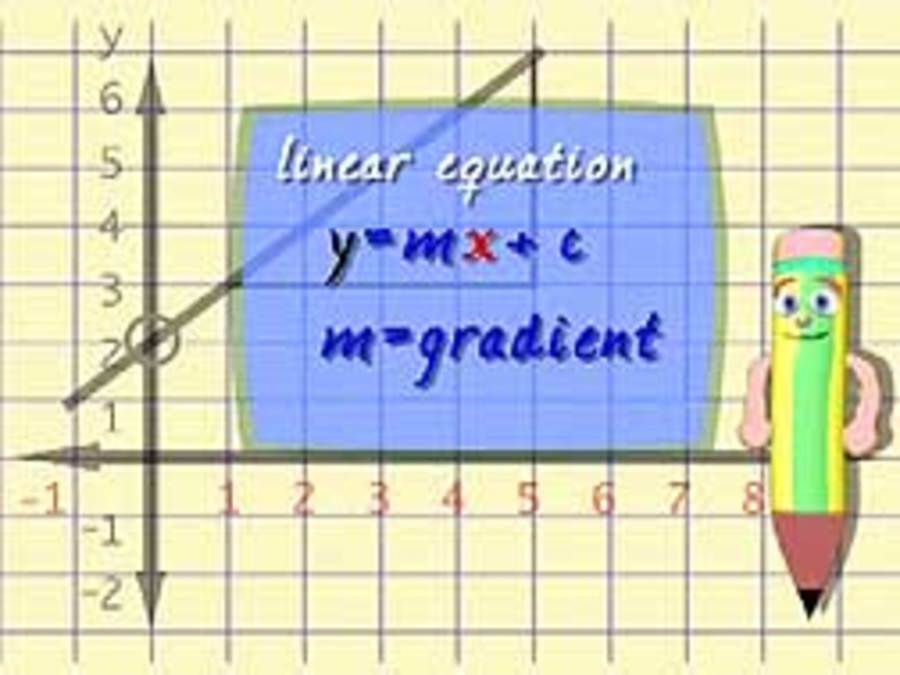![]() Try these videos to get started. Must be on campus or login with your COM account for off campus access.
Try these videos to get started. Must be on campus or login with your COM account for off campus access.
Want more on finding media? Try Articles & Media.
 Coordinates (20:00)
How to identify points, plot ordered pairs on a graph, use map coordinates to find locations, and apply graphical break-even analysis to linear functions.
Coordinates (20:00)
How to identify points, plot ordered pairs on a graph, use map coordinates to find locations, and apply graphical break-even analysis to linear functions.
 Formulas (19:51)
How to construct formulas and equations, solve equations with one variable, and use formulas in basic computer spreadsheets. Dramatized segments and computer animations demonstrate ways to predict future sales and costs of cordless phones at an electronics store by using spreadsheets; select an economical rental car by devising a formula to compare competing rates; and determine a small airplane’s gross weight before take-off.
Formulas (19:51)
How to construct formulas and equations, solve equations with one variable, and use formulas in basic computer spreadsheets. Dramatized segments and computer animations demonstrate ways to predict future sales and costs of cordless phones at an electronics store by using spreadsheets; select an economical rental car by devising a formula to compare competing rates; and determine a small airplane’s gross weight before take-off.
 Graphs (20:00)
How to read, interpret, and evaluate data displayed in bar graphs, line graphs, and pie charts.
Graphs (20:00)
How to read, interpret, and evaluate data displayed in bar graphs, line graphs, and pie charts.
 Linear Functions: An Introduction (20:56)
Linear functions are routinely used to model data, approximate change, and find the rate of change of a curve. In this program, Sharpie the Pencil shows students how to plot and sketch a linear graph from a linear equation and then how to derive a linear equation from a linear graph. In the process, the slope-intercept form of linear equation is illustrated, and the y-intercept and the gradient m are underscored as key ideas in determining the equation of a line.
Linear Functions: An Introduction (20:56)
Linear functions are routinely used to model data, approximate change, and find the rate of change of a curve. In this program, Sharpie the Pencil shows students how to plot and sketch a linear graph from a linear equation and then how to derive a linear equation from a linear graph. In the process, the slope-intercept form of linear equation is illustrated, and the y-intercept and the gradient m are underscored as key ideas in determining the equation of a line.
 Percentages (20:00)
How to calculate with percentages and interpret and use percentage figures that appear in diagrams and charts.
Percentages (20:00)
How to calculate with percentages and interpret and use percentage figures that appear in diagrams and charts.
 Ratios (17:56)
How to identify and form equivalent ratios and ratio tables, express ratios as both fractions and decimals, and interpret map scales to calculate distances. Dramatized segments and computer animations show ways to determine which combinations of a mountain bike’s gears provide the most power and speed; custom-design a roof at a construction office to create a high attic ceiling; and interpret a map to decide if there is enough time to drive the distance to a rock concert. (20 minutes)
Ratios (17:56)
How to identify and form equivalent ratios and ratio tables, express ratios as both fractions and decimals, and interpret map scales to calculate distances. Dramatized segments and computer animations show ways to determine which combinations of a mountain bike’s gears provide the most power and speed; custom-design a roof at a construction office to create a high attic ceiling; and interpret a map to decide if there is enough time to drive the distance to a rock concert. (20 minutes)
 Understanding Ratio and Proportion (16:10)
By the video’s end, viewers will have a thorough understanding of ratios and proportions: what they are, how to work with them, and how they can be applied in everyday situations.
Understanding Ratio and Proportion (16:10)
By the video’s end, viewers will have a thorough understanding of ratios and proportions: what they are, how to work with them, and how they can be applied in everyday situations.
© 2024 COM Library
1200 Amburn Road, Texas City, Texas 77591
409-933-8448 . FAX 409-933-8030
This work is licensed under a Creative Commons Attribution-NonCommercial 4.0 International License